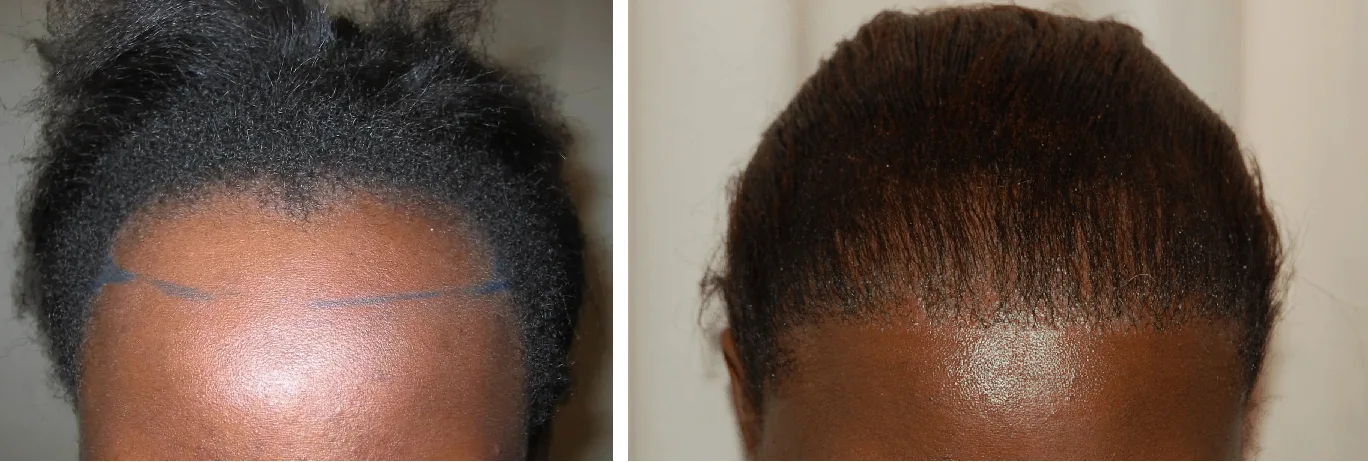What are veneers?
Veneers are a thin layer of composite (direct) or porcelain (indirect) placed on the front of your teeth by a cosmetic dentist.
When are veneers used?
Veneers can improve the aesthetics of the smile and protect the surface from damage and staining.
People would ask for veneers to get the smile they always dreamt of, or so called “Hollywood smile.” With veneers we can change the shade and shape of your teeth. Additionally, we can close gaps, align minor crowding, restore excessive incisal wear or chipped teeth after grinding and clenching. The gum line also plays a very important role for your smile.
Porcelain veneers can also be used to cover heavy discolored teeth as certain medication can cause irreversible staining.
Who is a good candidate for veneers?
A good candidate for veneers is a patient with good oral hygiene and good relation between upper and lower jaw when chewing and closing.
It is a good option for those looking to permanently change the shape of their teeth or close gaps. If you have big, stained fillings or discolored teeth that cannot be bleached, ceramic veneers are the perfect solution.
What is the procedure for dental veneers treatment?
For indirect porcelain veneers there is a standard procedure.
Firstly, the patient will have a consultation with the cosmetic dentist to see what the desired result the patient is looking for. This could be to straighten your teeth, restore cracked, chipped or discolored teeth or to simply get the perfect beautiful “Hollywood smile” you always dreamt of.
If we agree a patient is a good candidate for porcelain veneers we take photos and impressions for diagnostic study models.
Secondly, the patient meets with the dental hygienist for cleaning and oral hygiene information and instructions. This may also include diet advice and instructions on how to look after your porcelain veneers.
Dental hygienists will also perform a teeth whitening procedure when recommended.
After this, we make a wax up on the study models to create your new smile for you to visualize the final outcome. We don’t only look at the teeth, sometimes we also have to adjust the gumline to get the perfect smile. For teeth that are not restored with the porcelain veneers, tooth whitening is recommended to blend in with the restored teeth.
After preparation with minimal polishing, removal of old fillings and gum line adjustment is fixed if needed. Gum correction is usually performed with biolaser. Temporary veneers made from acrylic are then cemented temporarily to help you visualise the final result.
The temporary veneers have the same shape as the final veneers so you can start getting used to the new shape and we can adjust the shape after your liking until the final veneers are cemented.
So this is a good time to make sure the shape and size looks and feels good, prioritizing your comfort. We recommend staying on soft food with the temporary veneers.
Before we cement the final veneers we remove temporary veneers and clean the teeth with a special cleaning paste to prepare for the cementation. We try in the veneers with a special try in paste to make sure that both the shade and shape look pleasing. When consented we place the veneers with a permanent cement that bonds very hard to the tooth surface.
After fitting veneers we remove all excess cement and check occlusion, and ensure that the relation between upper and lower jaws are optimal. At this time it is very important to check all approximate contacts and make sure you can use dental floss.
What are the benefits of veneers?
The benefits with porcelain veneers is the minimal preparation due to the bonding technique.
Enamel is the hardest material in our body and dental material used for porcelain veneers bonds very strongly to the enamel, therefore it is very important to save as much enamel as possible to reinforce your teeth. We always aim to be as minimally invasive as possible to keep most sound enamel.
Porcelain veneers are less likely than your own teeth to stain from food and drinks.
When performed correctly, porcelain veneers will protect your teeth from further wear and discoloration in the future.
It is a safe and sustainable treatment option to get your dream smile that will last for many years if maintained the correct way.




